Starting a car with a bad ignition switch and without a key can be a challenging situation, but it is sometimes necessary in emergencies or when access to a professional mechanic is not immediately available. It’s important to note that bypassing the ignition system may come with risks to the car’s electrical components and should only be attempted if you own the vehicle and have no other alternatives.
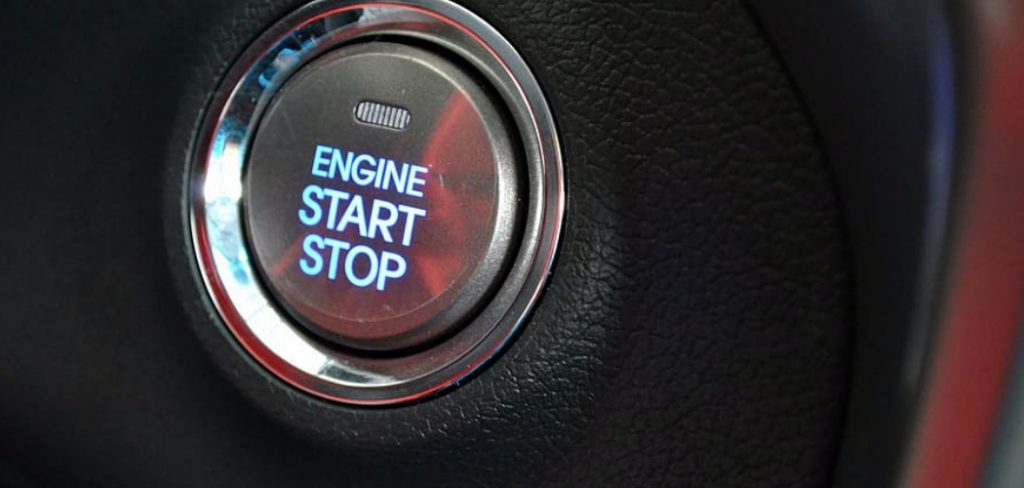
This guide on how to start car with bad ignition switch without key will provide some basic methods to help you start your car safely in such circumstances while emphasizing caution and legality.
Why Does a Bad Ignition Switch Cause Problems?
A car’s ignition switch is responsible for activating the starter motor, which in turn powers up the engine. A faulty or damaged ignition switch can disrupt this process and prevent your car from starting.
Some common reasons for a bad ignition switch include wear and tear, corrosion, or damage to the electrical connections. Symptoms of a faulty switch may include difficulty turning the key, no response when turning the key, or intermittent starting problems.
Additionally, if you have lost your car keys or they have been stolen, you may also face issues with starting your car, as the immobilizer system will prevent the engine from running without a valid key.
Needed Tools and Materials
Tools:
- Screwdriver
- Wire Cutters/strippers
- Electrical Tape or Wire Nuts
Materials:
- Jumper Cables or a Battery Charger
- Replacement Ignition Switch (Optional)
9 Simple Methods on How to Start Car With Bad Ignition Switch Without Key
Step 1: Check the Battery
Before attempting to start the car, ensure that the battery is in good condition and fully charged. A weak or dead battery can prevent the starter motor from functioning properly, making it impossible to start the car regardless of the ignition switch’s condition. Use a multimeter to check the battery voltage; a healthy car battery should read around 12.6 volts when fully charged.
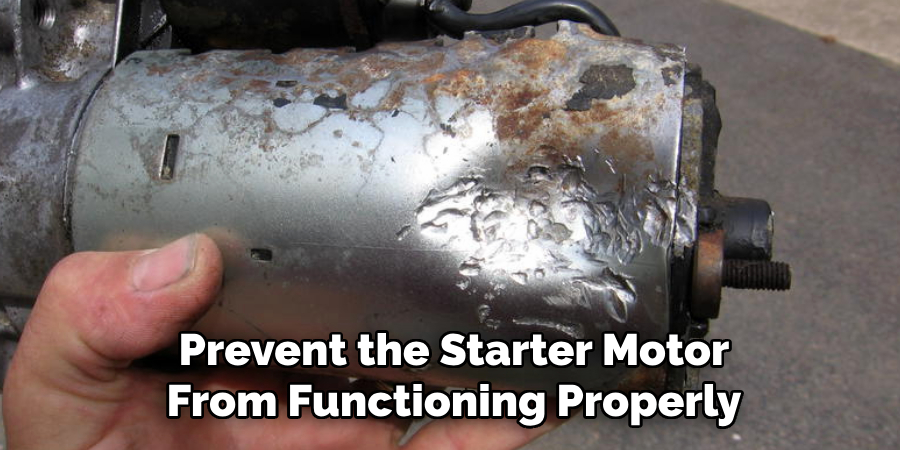
If the battery is low, recharge it using jumper cables or a battery charger before proceeding. Ensuring a properly charged battery can save time and help rule out other unrelated issues.
Step 2: Try a Spare Key
If you have access to a spare key, it’s worth trying before attempting other methods. The issue may not be with the ignition switch itself but rather with the original key. If the spare key works, then it’s likely time to get a replacement for your main car key. If the spare key also does not work, move on to the next method.
But what if you don’t have a spare key? Don’t worry; there are still other methods to try.
Step 3: Check the Shifter
In some cases, the car may not start due to an issue with the shifter. If your vehicle has a manual transmission, make sure it is in neutral and depress the clutch pedal fully before attempting to start the car. For automatic transmissions, ensure that the car is in park mode or try shifting it into neutral and back into the park.
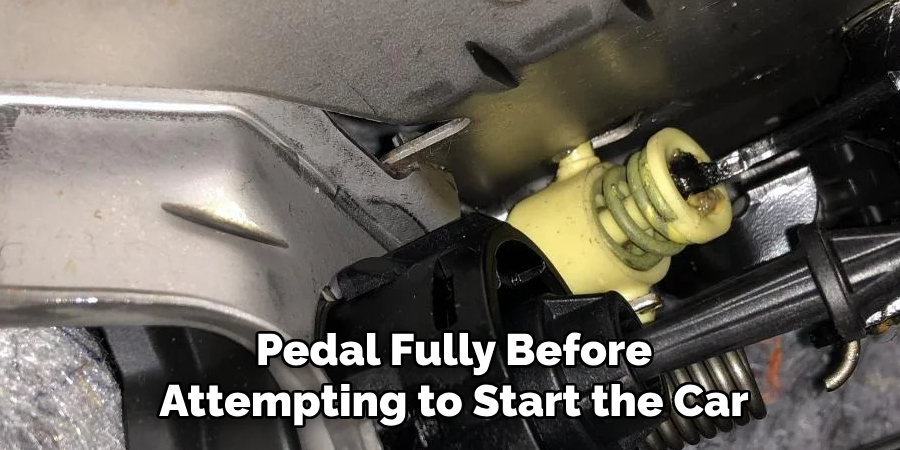
Sometimes, a faulty shifter can cause problems with starting the car. If this is the case, consider getting it repaired or replaced by a professional mechanic.
Step 4: Wiggle the Key
If your car key is inserted into the ignition but the car still won’t start, try gently wiggling the key while attempting to turn it. Over time, the components within the ignition cylinder may become worn or misaligned, causing difficulty in engaging the ignition switch.
By wiggling the key, you might reposition these components enough to make the connection and start the car. Be careful not to apply excessive force, as this could damage the key or the ignition mechanism further. If this method works, it is a temporary fix, and you should have the ignition system inspected and repaired by a professional as soon as possible.
Step 5: Use a Bypass Module (for Older Cars)
If your car is an older model with a mechanical ignition system, you may be able to use a bypass module to start it without a key. These devices are designed specifically for older cars with traditional keys and can be purchased online or at most auto parts stores.
To use this method, follow the instructions provided by the manufacturer of your specific bypass module.
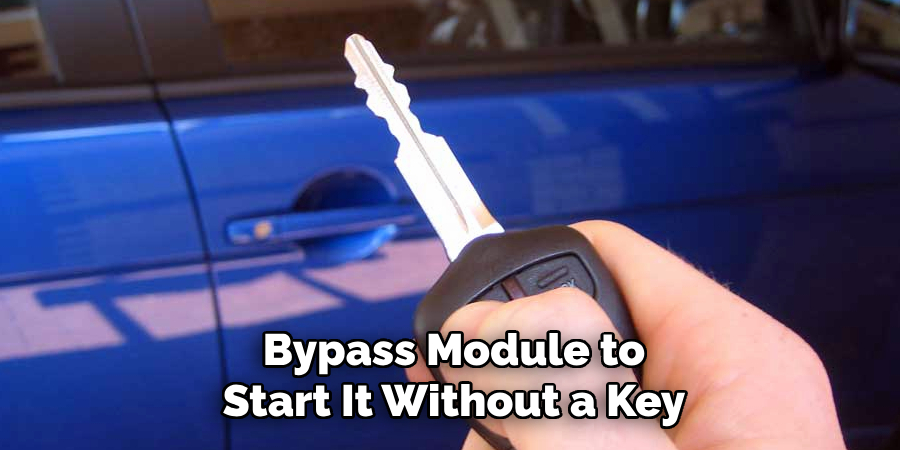
Step 6: Hotwire Your Car
Hotwiring a car is not recommended and should only be attempted if all other methods have failed. This method involves directly connecting the starter motor to the battery, bypassing the ignition switch entirely. It can cause damage to your car’s electrical system and should only be used in emergencies.
To hotwire a car, you will need to locate the starter solenoid (usually located near the bottom of the steering column behind the dash) and use a screwdriver or wire to bridge the connection between it and the positive terminal of your car battery. Consult an expert if you are unsure about this process.
Step 7: Replace the Ignition Switch
If the ignition switch is beyond repair, replacing it may be the most reliable solution. This process involves removing the faulty ignition switch and installing a new one. While it may sound complicated, it can be done with basic tools and some patience.
First, disconnect the car battery to avoid any electrical shocks or short circuits. Next, locate the ignition switch, which is usually behind the steering column or dashboard, and remove any covering panels to access it. Once the ignition switch is visible, use a screwdriver to carefully detach it from the ignition assembly. Be sure to take note of the wiring connections to ensure correct installation of the new switch. Install the new switch by following these steps in reverse order.
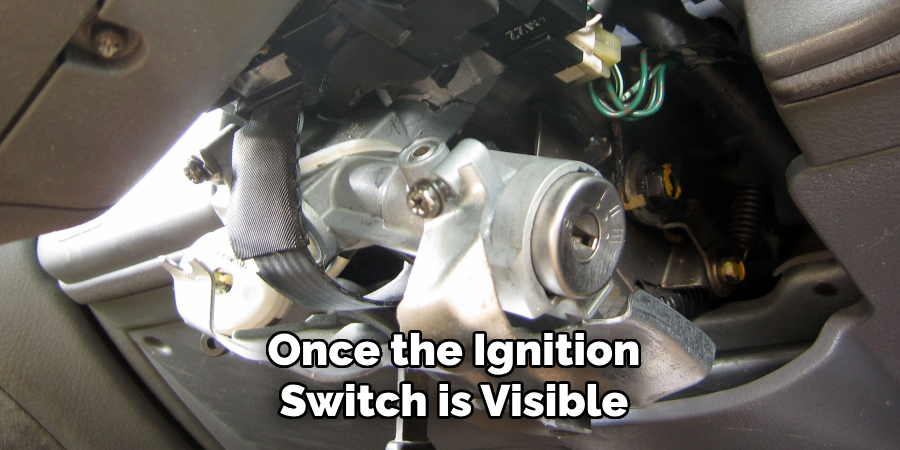
Step 8: Use a Code Reader (for Modern Cars)
If your car is a newer model with a keyless ignition system, use a code reader to diagnose any issues with the immobilizer system. These devices can be plugged into the vehicle’s onboard diagnostic port and can help pinpoint the exact problem preventing your car from starting.
Consult an expert or refer to your vehicle’s manual for specific instructions on using a code reader.
Step 9: Call for Professional Assistance
If all else fails, it may be time to call for professional assistance. A mechanic will have the necessary knowledge and experience to properly diagnose and repair any issues with the ignition switch or other components of the starting system.
Following these methods on how to start car with bad ignition switch without key and seeking professional help when needed can help you start your car with a bad ignition switch without a key. Remember to always prioritize safety and consult an expert if unsure about any procedures. Lastly, make sure to properly maintain your vehicle’s ignition system to prevent future issues. Always have a spare key available in case of emergencies and consider getting a replacement for worn-out or damaged keys. Happy driving!
Additional Tips for Dealing with a Bad Ignition Switch
- Regularly maintaining your car’s electrical system can help prevent issues with the ignition switch.
- If you suspect that your key may be damaged or worn, consider getting a replacement before it fails completely.
- Keep a spare key in a safe and accessible place to use in case of emergencies.
- Consulting an expert or referring to your vehicle’s manual can provide valuable information specific to your car model when dealing with ignition switch problems.
- Avoid attempting risky methods, such as hotwiring, and seek professional help if unsure about any procedures. Safety should always come first. Don’t forget to always turn off your car’s engine before attempting any troubleshooting or repairs to avoid accidents.
- Consider getting comprehensive insurance coverage for your vehicle, which can cover the costs of repairs and replacements for damaged or malfunctioning parts, including the ignition switch.
- If you are experiencing issues with your car’s ignition system frequently, it may be time to consider getting a new vehicle with a reliable starting system.
By following these tips and methods on how to start car with bad ignition switch without key, you can handle a bad ignition switch and start your car without a key, ensuring you are always prepared for unexpected situations on the road. Remember to stay safe and prioritize proper maintenance for your vehicle’s safety. Happy driving!
Frequently Asked Questions
Q: Can a Bad Ignition Switch Cause Other Problems With My Car?
A: Yes, a faulty ignition switch can lead to other issues such as stalling, difficulty starting the car, and electrical malfunctions. It is important to address any problems with the ignition switch as soon as possible to avoid further complications with your vehicle.
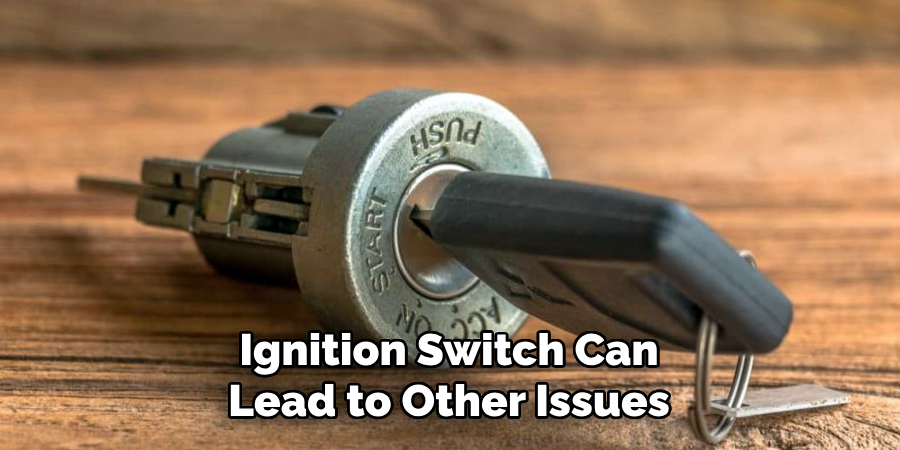
Q: How Often Should I Replace My Ignition Switch?
A: The lifespan of an ignition switch can vary depending on the make and model of your car, but it is recommended to have it inspected and potentially replaced every 3-5 years. Regular maintenance and proper handling of your keys can also help prolong the life of your ignition switch.
Q: How Do I Know If My Ignition Switch Needs to Be Replaced?
A: Some signs that may indicate a faulty ignition switch include difficulty starting the car, stalling or cutting out while driving, and problems with other electrical components such as headlights or radio. If you are experiencing any of these issues, it is best to have a professional inspect your ignition system. Additionally, if you notice any physical damage or wear on your key or ignition switch, it may be time for a replacement.
Conclusion
Dealing with a bad ignition switch can be challenging, but with the right knowledge and tools, it is possible to troubleshoot and resolve the issue. By following the steps outlined in this guide on how to start car with bad ignition switch without key, you can safely attempt some methods to start your car and address the problem effectively. However, always exercise caution and seek professional assistance when necessary, especially if you are unsure about any of the procedures involved. Regular maintenance of your vehicle’s ignition system and electrical components can help prevent such issues from arising in the first place.
Remember to prioritize safety, keep spare keys handy, and stay prepared for unexpected situations on the road. With proper care and attention, you can ensure your vehicle remains reliable and ready to drive whenever you need it. Happy driving!
About
Safety Fic is a distinguished figure in the world of Diy design, with a decade of expertise creating innovative and sustainable Diy solutions. His professional focus lies in merging traditional craftsmanship with modern manufacturing techniques, fostering designs that are both practical and environmentally conscious. As the author of diy, Safety Fic delves into the art and science of Safety Fic-making, inspiring artisans and industry professionals alike.
Education RMIT University
(Melbourne, Australia) Associate Degree in Design (Safety Fic) Focus on sustainable design, industry-driven projects, and practical craftsmanship. Gained hands-on experience with traditional and digital manufacturing tools, such as CAD and CNC software.
Nottingham Trent University
(United Kingdom) Bachelor’s in diyfastly.com and Product Design (Honors) Specialized in product design with a focus on blending creativity with production techniques. Participated in industry projects, working with companies like John Lewis and Vitsoe to gain real-world insights.
Publications and Impact
In diy, Safety Fic his insights on indoor design processes, materials, and strategies for efficient production. His writing bridges the gap between artisan knowledge and modern industry needs, making it a must-read for both budding designers and seasoned professionals.
